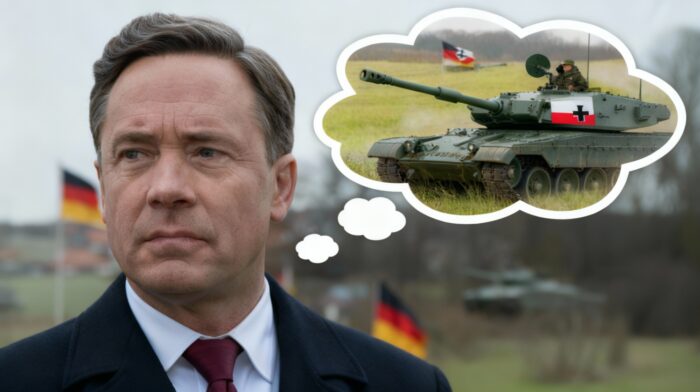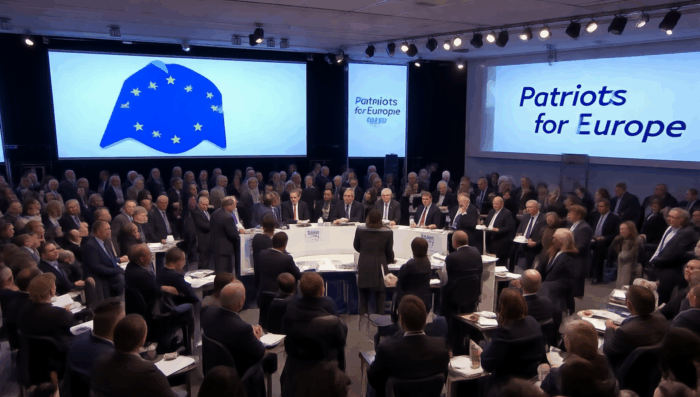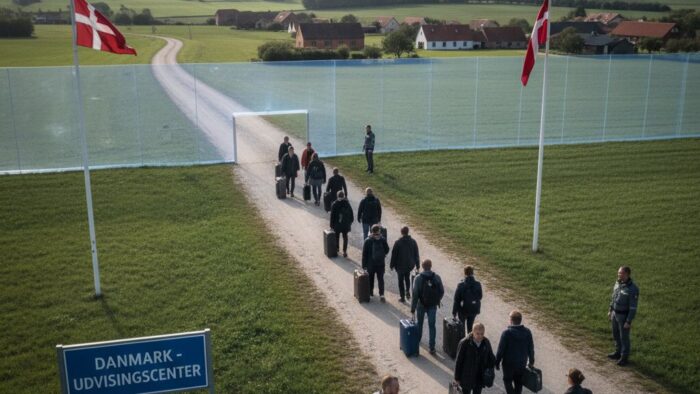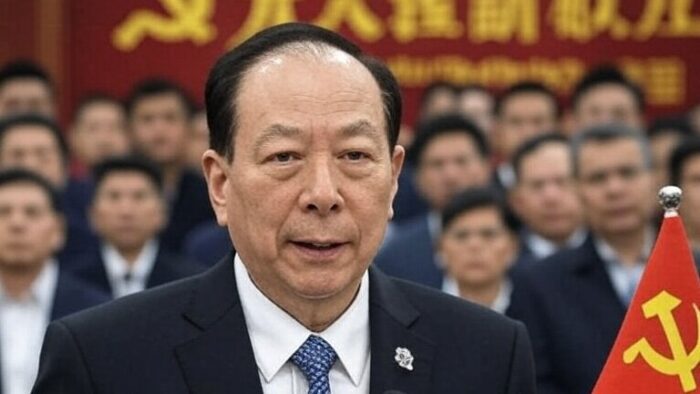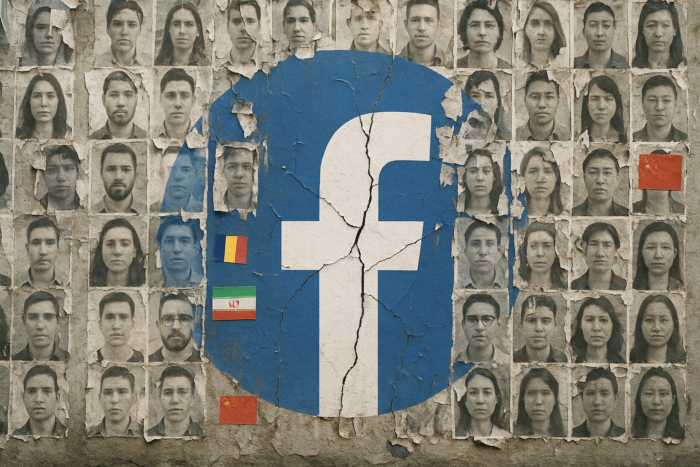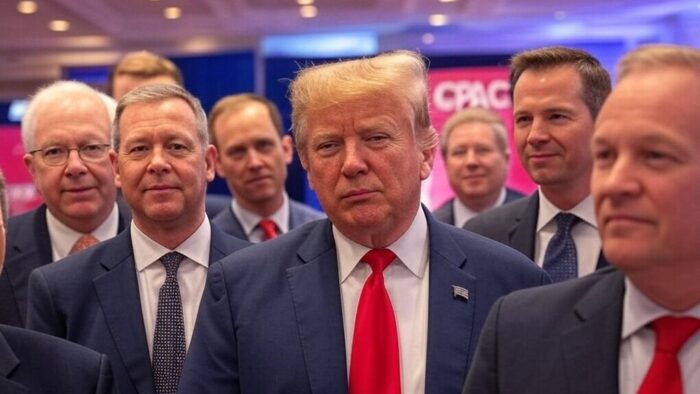Viktor Orbán faces his most formidable political challenge in years as former Fidesz party defector Péter Magyar’s pro-Western Tisza movement leads in polls ahead of Hungary’s April elections. On 24 September 2025, The Guardian reported that for the first time in 15 years, a credible challenger has emerged who could potentially defeat the long-dominant Hungarian prime minister, with implications extending far beyond Hungary to European democracy and the future of populist movements worldwide. The article begins:
Viktor Orbán, Hungary’s long-dominant prime minister, whose grip on power is showing signs of strain. For 15 years, Viktor Orbán’s electoral victories have been a foregone conclusion. But a credible political challenger to Orbán has appeared. Péter Magyar is no messiah: in fact, he is a defector from the ruling Fidesz party. But polls show Magyar and his new-ish pro-western Tisza movement are on course to defeat Orbán in April elections. Such an outcome would not just be a big deal for Hungarians. After years of Orbán’s obstructionism within the EU, its future, and that of European democracy more broadly, is also at stake.
Key Points
- Péter Magyar’s Tisza movement leads polls despite his background as a former Fidesz party insider.
- Orbán’s model of “informational autocracy” provided a blueprint for Trump’s assault on American democratic institutions.
- Economic woes and “Orbán fatigue” weaken the prime minister’s previously unshakeable rural voter base.
- Opposition parties unite behind Magyar by not contesting the election to maximize chances of unseating Orbán.
Hungary’s Viktor Orban Leads Global National Conservative Alliance Against Liberal Democracy
Hungary has emerged as the hub of a growing network of nationalists and conservatives under Viktor Orban’s leadership, serving as the central platform for the Global National Conservative Alliance (GNCA). Orban has systematically constructed transatlantic far-right networks through hosting annual CPAC events in Budapest, bringing together European far-right leaders with American conservatives who reject traditional Reagan-era philosophies in favor of national sovereignty and cultural identity messaging.
The Hungarian Prime Minister has positioned himself as the ideological architect of illiberal democracy, delivering keynote addresses where he likens liberalism to a “virus” and promotes Hungary’s model as a successful alternative to the Western liberal order. Through government-funded organizations like the Center for Fundamental Rights, Orban has established institutional infrastructure to coordinate international conservative movements, hosting prominent figures such as Tucker Carlson, Steve Bannon, and multiple European far-right party leaders who express admiration for Hungary’s policies on immigration, LGBTQ+ rights, and media control.
This alliance operates on shared hostility to globalism, multiculturalism, and what members characterize as progressive dominance, with Orban calling for conservatives to “take back institutions in Washington and Brussels” and coordinate movement strategies across borders. His influence extends beyond symbolic leadership, as Hungary has implemented sovereignty protection measures targeting foreign-funded NGOs and established governmental mechanisms to investigate what Hungarian officials characterize as electoral interference by U.S.-funded democracy organizations, creating a template for challenging international democratic support structures.
External References:
- Hungary’s Viktor Orban at CPAC: The ‘far-right international’ comes into focus — The Washington Post
- To survive, Orban is plotting a far-right takeover of Brussels — Al Jazeera
- CPAC gives Viktor Orbán, Hungary’s autocratic leader, star role in Dallas — NPR
Disclaimer
The Global Influence Operations Report (GIOR) employs AI throughout the posting process, including generating summaries of news items, the introduction, key points, and often the “context” section. We recommend verifying all information before use. Additionally, images are AI-generated and intended solely for illustrative purposes. While they represent the events or individuals discussed, they should not be interpreted as real-world photography.
